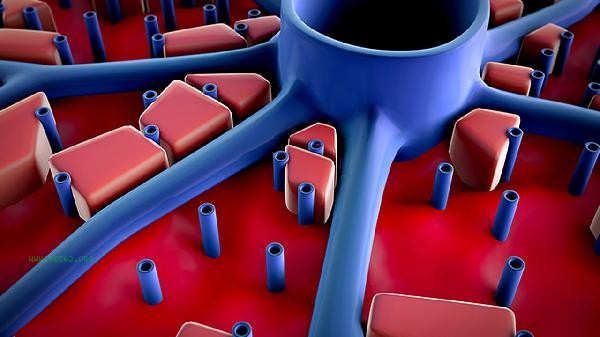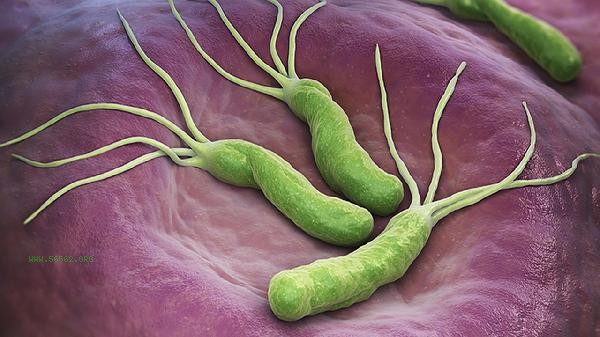The percentage of eosinophils is slightly high at 1.5%, and in most cases it is not severe. Abnormal eosinophils may be related to factors such as allergic reactions, chronic inflammation, myeloproliferative disorders, endocrine disorders, or drug effects.

1. Allergic reactions:
Alkaline cells are involved in allergic reactions, and the percentage may slightly increase when exposed to pollen, dust mites, or food allergens. Accompanied by symptoms such as itching and urticaria, it is necessary to screen for allergens and avoid contact.
2. Chronic inflammation: Inflammatory diseases such as rheumatoid arthritis and chronic rhinitis may stimulate eosinophils to release histamine, leading to abnormal values. Usually accompanied by symptoms such as joint swelling and pain, nasal congestion, etc., the primary disease needs to be controlled.
3. Abnormal bone marrow hyperplasia:
Bone marrow diseases such as polycythemia vera may cause an increase in the absolute value of eosinophils. If accompanied by symptoms such as dizziness and splenomegaly, complete bone marrow puncture examination is necessary.

4. Endocrine factors:
hypothyroidism or changes in estrogen levels may affect eosinophil differentiation. Common symptoms such as fatigue and chills require testing of hormone levels such as thyroid function.
5. Drug interference:
Long term use of glucocorticoids or interferons may cause fluctuations in the proportion of eosinophils. After stopping the medication, it usually recovers, and a comprehensive judgment should be made based on the medication history.
It is recommended to regularly review blood routine and observe the trend of numerical changes. Daily attention should be paid to recording whether there are new symptoms such as rash and joint discomfort, and avoiding intake of known allergenic foods. Maintaining sufficient sleep helps with immune regulation. If there is a sustained increase or accompanied by weight loss, fever, etc., it is necessary to seek timely medical attention from a hematology department. Mild abnormalities do not require excessive anxiety, but require comprehensive evaluation in conjunction with other indicators such as absolute eosinophil count and total white blood cell count.









Comments (0)
Leave a Comment
No comments yet
Be the first to share your thoughts!